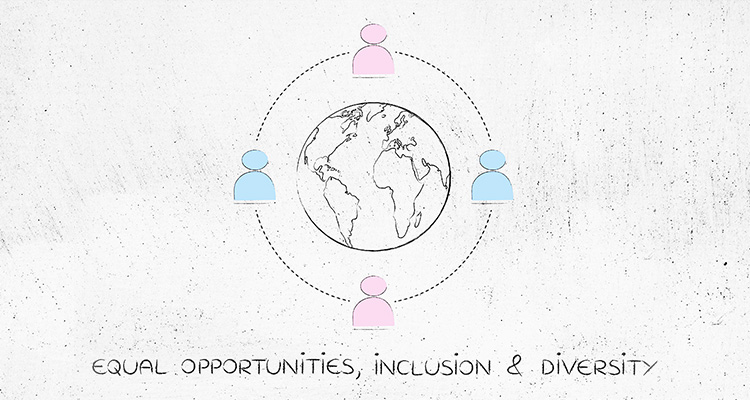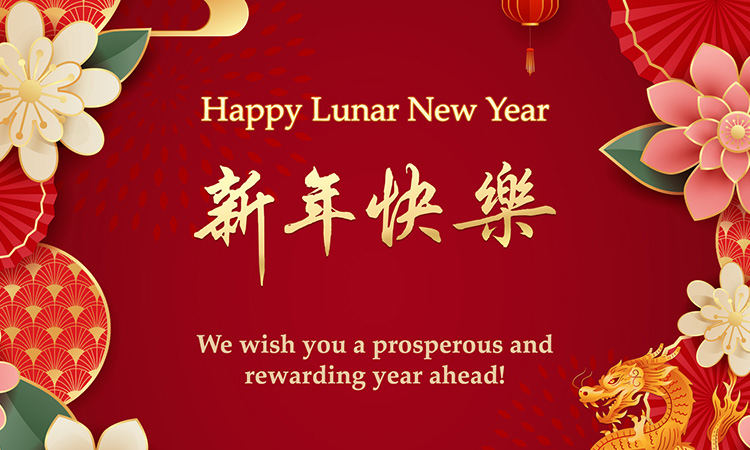[Blog 10] How You Can Create an Inclusive and Harmonious Workplace

For many years, creating an inclusive and harmonious environment is believed to be a key driver in employee engagement and commitment. Well-managed diverse teams were known to demonstrate greater performance than homogeneous teams, whereas poorly managed diverse teams demonstrated the opposite tendency. As shown in an MOM survey in 2010, 87% of companies hence agreed that workplace harmony was important to business outcomes. With Singapore’s workforce becoming increasingly diverse and in light of Singapore’s focus towards building a progressive economy, it is thus crucial for companies to possess an inclusive and harmonious workplace.
Before creating an inclusive and harmonious workplace, companies should conduct an honest assessment of its current state by identifying the key objectives of the company as well as its key challenges. Via MOM’s Workplace Diversity Management Toolkit, companies can utilise metrics such as its employees’ views of the strategic importance of inclusivity, the quality of its staff development practices and its existing inclusivity practices to assess their level of inclusivity. Companies can then consider how diversity management can benefit them, be it through aiding the company in achieving its objectives, or resolving its existing issues. With a clearer understanding of how important managing diversity is, HR teams and senior management championing inclusion and harmonious workplace can then better communicate its importance to other employees, and feel more committed to it. To further facilitate inclusiveness, company leaders can also set up employee networks and resource groups that provide employees with career counselling in Singapore.
With inclusion and harmony in the workplace being championed, management should adopt a top-down approach by having senior management lead by example. As the most influential members of the company, on whom shines the biggest spotlight, they must model the way to meeting this ideal by embodying such principles themselves. From small actions such as showing respect to employees at every level of the company, to big ones, such as coming up with a vision, their strategic direction will eventually flow down the hierarchy to make the entire company an inclusive one. Qian Hu Corporation Limited, a Singapore-based company that farms trades and distributes ornamental fish is a key example. Benefitting from high employee engagement and low staff turnover, the company’s secret to it is none other than their Executive Chairman and Managing Director’s dedication towards promoting inclusivity. This created a transparent and forthcoming culture that is visible from the management to ground staff, and an environment where all employees felt valued.
Policies can then be implemented in order to facilitate the growth of the company workplace into an inclusive and harmonious one. This includes small socially-enabling postures such as an open door policy, anonymous and readily available grievance procedures, regular conduction of focus groups where all perspectives are encouraged to be shared, as well as other means of feedback collection and follow up. The Marriott Singapore with over 500 associates of diverse backgrounds and profiles for instance, puts in place channels enabling employees to raise concerns, such as the Guarantee Fair Treatment, Speak Out, and open door policies, thus enabling any issues to be swiftly resolved. Companies can thus employ such strategies to minimise conflict, nudging their workplace towards a more inclusive one.
Nonetheless, regardless of the policies implemented, companies should always track the progress of their new initiatives through quantitative and specific key performance indicators. Indicators such as average time to hire, absenteeism rate, the percentage of employee promotion, percentage turnover, as well as the Inclusiveness Pulse Index, a key indicator sanctioned by the Ministry of Manpower, help to evaluate the effectiveness of strategies over time. This ultimately enables companies to keep track if they are on the right track to building an inclusive and harmonious workplace and adapt their plans should the need arises.







